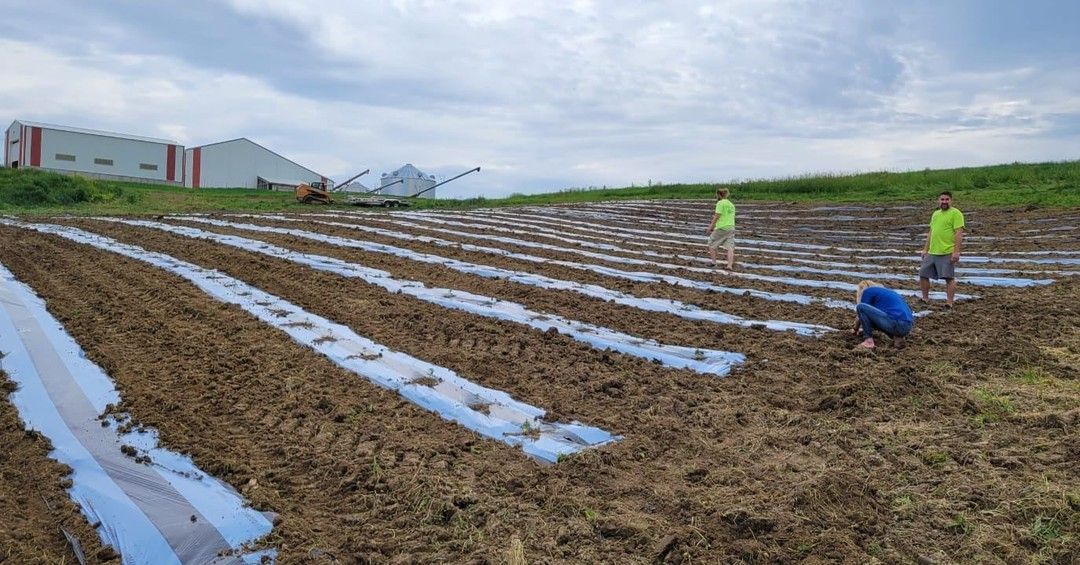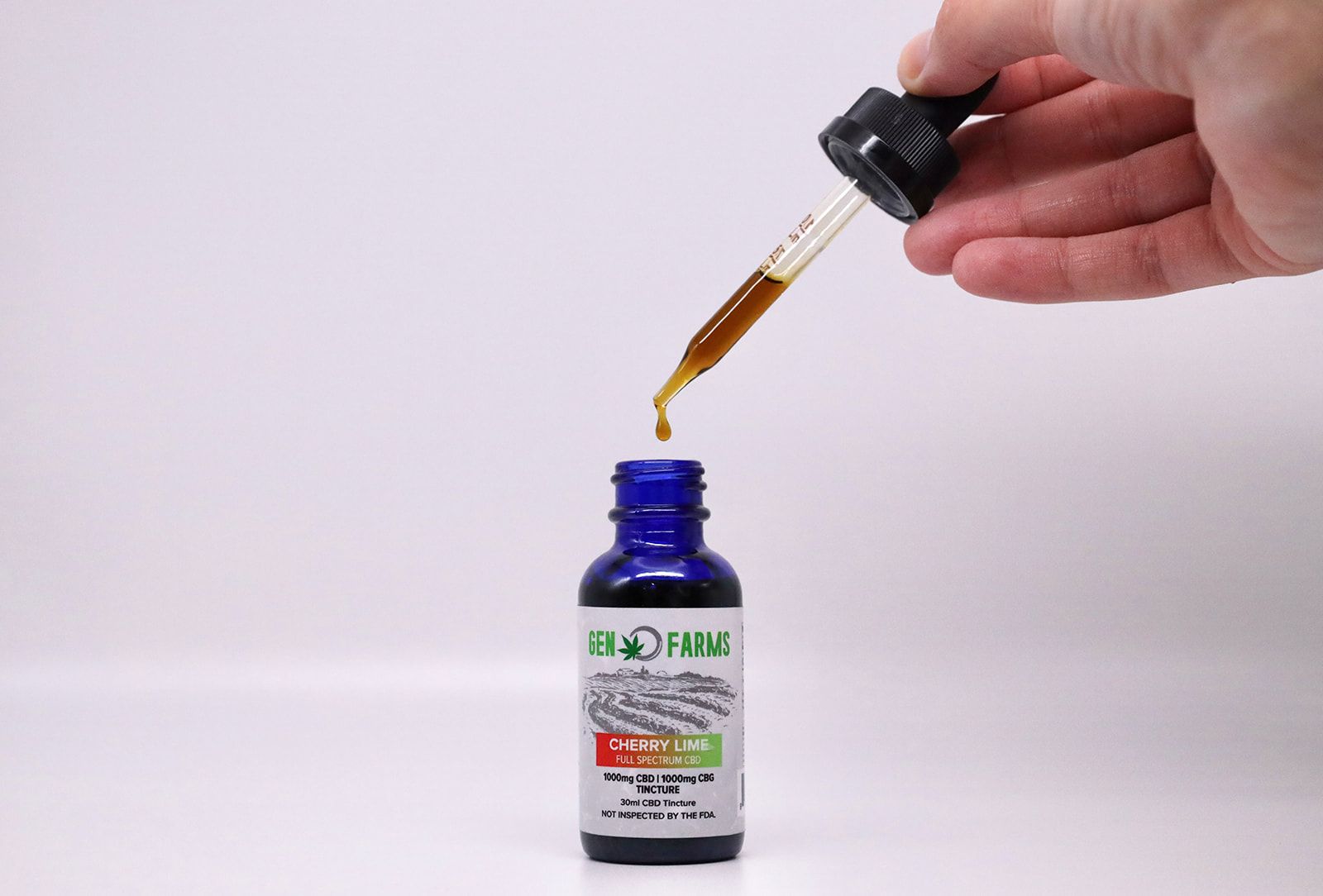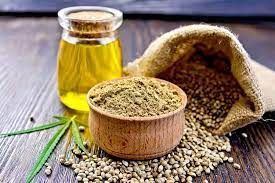How hemp can affect soil.

Regenerating the Soil: How Hemp Farming Could Be a Climate Hero
Imagine a crop that grows fast, doesn’t demand much water or chemicals, and actually helps restore degraded land — that’s hemp, and its environmental potential is starting to turn heads. Beyond its uses in textiles, food, and medicine, hemp farming has real power to regenerate soil, sequester carbon, and clean up pollution. Here’s the science behind how hemp can help heal ecosystems.
Why Hemp Is an Environmentally Smart Crop
Low-Input, High Return
Hemp is remarkably robust. Unlike many intensive row crops, it often grows well with minimal pesticide or fertilizer use, making it a more sustainable choice for farmers. Its rapid growth and dense planting can yield a lot of biomass on relatively little land. According to reviews, hemp’s resource efficiency makes it a strong candidate for green agriculture. PSU | Portland State University+2VU Research+2
Carbon Sequestration Powerhouse
One of hemp’s most impressive superpowers is its ability to soak up carbon dioxide from the atmosphere as it grows. Researchers estimate that hemp can capture
10–15 tonnes of CO₂ per hectare per year under certain conditions.
Axfoundation+1
Because much of this carbon ends up stored in the plant’s stems and roots, hemp can serve as a
temporary carbon sink, especially if its biomass is left in long-lived products like hempcrete or insulation. Some carbon-sequestration projects are even exploring how to formalize this with carbon-credit methodologies.
Verra
Cambridge researchers have gone so far as to say that hemp “can capture atmospheric carbon twice as effectively as forests.”
AGORA Carbon
Regenerating Soil and Reducing Erosion
Hemp’s deep root system — roots can extend more than a meter deep — helps break up compacted soil, improving structure, aeration, and water retention.
National Hemp Association+1
Over time, this contributes to
increased soil health: better microbial activity, reduced erosion, and even weed suppression that cuts down on herbicide use.
National Hemp Association
Using Hemp to Clean Polluted Land: Phytoremediation in Action
Hemp isn’t just good for carbon and soil — it can actually pull harmful toxins out of the ground.
- Heavy Metal Remediation: A 2023 study tested two industrial hemp varieties on soil contaminated with cadmium (Cd), lead (Pb), and nickel (Ni). Both varieties tolerated high metal concentrations and accumulated significant amounts of these metals in their tissues. MDPI
- Boosting Efficiency with Biochar: Another experiment added biochar (a charcoal-based soil amendment) to contaminated soil. The hemp plants took up more zinc (Zn) when biochar was present — suggesting a synergistic way to make phytoremediation more effective. MDPI
- Cutting-Edge Research: More recent work is looking at hemp’s ability to absorb not just metals, but other pollutants too. For example, a study used hemp (and ryegrass) along with biochar and nanoparticles to pull chromium (Cr) out of contaminated soil. Frontiers
- Sustainable Cleanup Strategy: A review from 2025 suggests that hemp could be a practical, low-cost way to remediate soils polluted with a variety of heavy metals. CloudFront
Biodiversity & Ecosystem Benefits
Beyond cleanup, hemp fields can also
support wildlife. Its dense growth provides habitat and food for insects and small animals, which in turn can support larger species.
National Hemp Association
By reducing the need for chemical herbicides and pesticides, hemp cultivation can further protect local biodiversity and promote healthier soil ecosystems.
Challenges: Not a Magic Bullet — But a Powerful Tool
Despite its promise, hemp farming for environmental benefits does have challenges:
- Regulatory hurdles: In many places, hemp is still tightly regulated or stigmatized, complicating large-scale adoption.
- Processing infrastructure: Turning hemp biomass into useful products or safely handling contaminated plant material requires more infrastructure than what many farmers currently have.
- Variety matters: Not all hemp strains are equally good for remediation — selecting the right cultivar is critical. MDPI
- Carbon permanence: Sequestering carbon isn’t enough; it has to be stored. If hemp biomass is burned or decomposed, much of that carbon could return to the atmosphere. Verra
Why Hemp Farming Is a Key Piece of a Greener Future
- Climate mitigation: Hemp’s carbon capture potential could make it a meaningful part of carbon-farming strategies.
- Eco-recovery: Hemp offers a biological way to rehabilitate polluted or degraded lands — turning environmental problems into renewable resource opportunities.
- Sustainable products: Biomass from hemp used for remediation can be recycled into fiber, biofuels, or bio-based materials, closing the loop in a circular economy.
- Resilient agriculture: As a fast-growing, low-input crop, hemp could help farmers diversify in an era of climate change.
Further Reading
- National Hemp Association’s breakdown of how hemp helps remediate soil. National Hemp Association
- A 2023 peer-reviewed paper on hemp’s ability to extract cadmium, lead, and nickel from contaminated soil. MDPI
- A greenhouse study showing how hemp + biochar improves heavy metal uptake. MDPI
- Research on using hemp (and ryegrass) with biochar to clean chromium-contaminated soils. Frontiers
- A review of hemp’s phytoremediation potential and which cultivars are best suited for this work. CloudFront
- A report on hemp’s carbon sequestration potential from a Swedish project. Axfoundation



